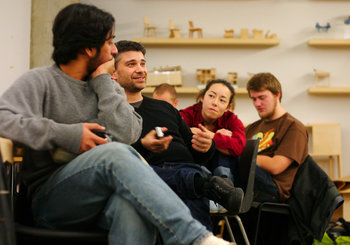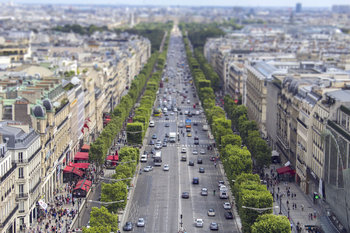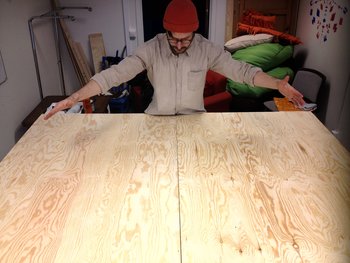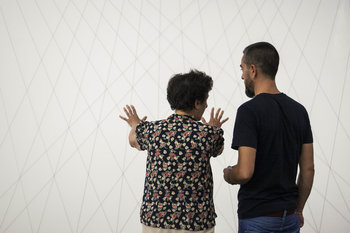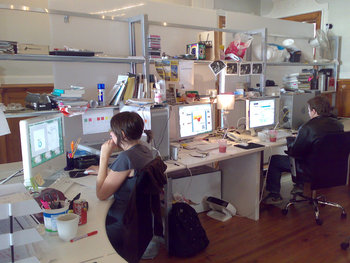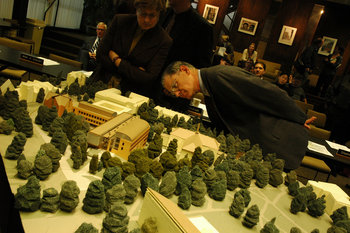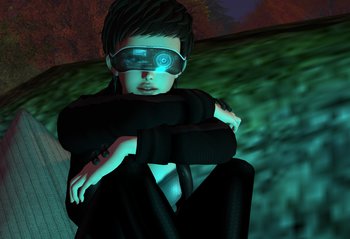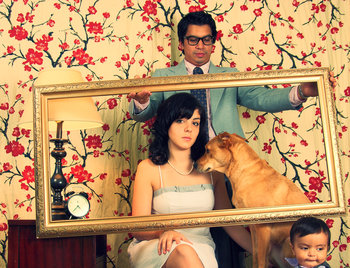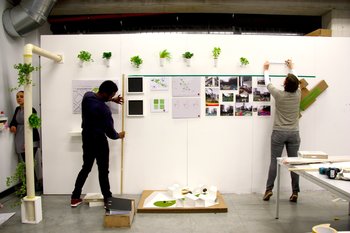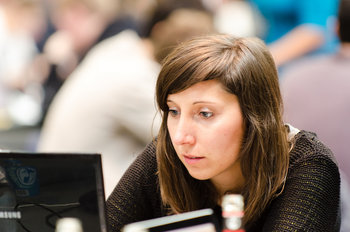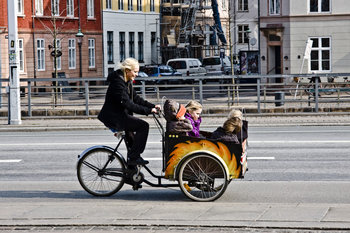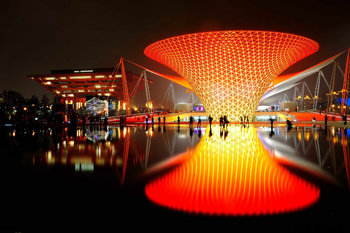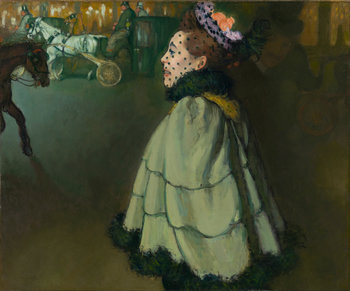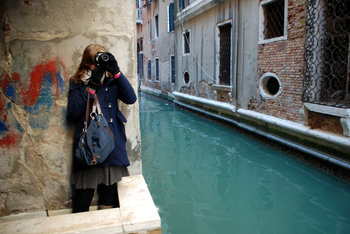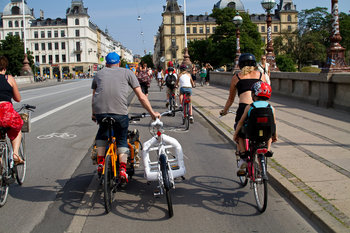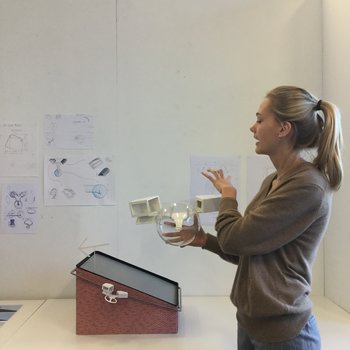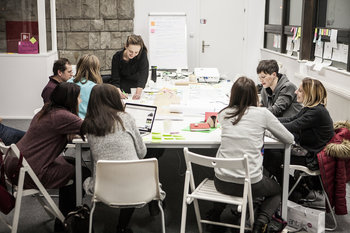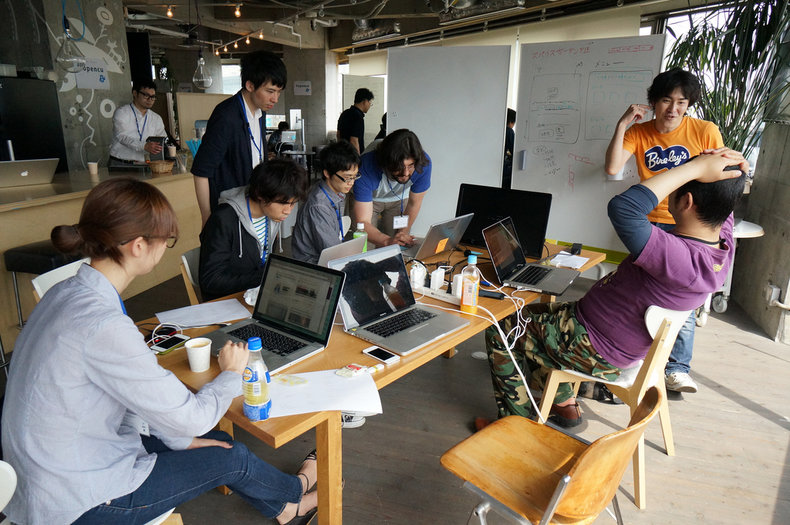
User Interfaces
A film company requires a custom system for tracking equipment, props and costumes. The business unit involved is unaccustomed to providing requirements for technology projects. In order to avoid the common situation where developers go off for a month and create something that users end up rejecting, an iterative design approach is adopted. Twice a week, users and developers sit together and go through the current system. Users try things and generate new requirements that are strictly prioritized down to a few days work. In this way, the system evolves to be useful and easy to use.Graphic Design
The creative department of an advertising agency has two weeks to deliver a print ad to a client. They have ideas in front of the client within days. By the time that the deadline roles around they have already gone through multiple cycles of feedback and are confident that the work will be accepted by the client.Architecture
An architecture firm quickly develops models and animation architecture to put in front of the client. This keeps the client engaged and makes it more likely the firm will be selected for a particular project.Marketing
A fashion ecommerce site never launches a redesigned site to replace an old site. Instead, the user interface is constantly and aggressively changed and optimized. Metrics are tracked and associated with changes. The firm develops know-how based on such experiments that is unique to its industry.Urban Design
A city helps neighborhoods to develop 10-year plans that serve as principles and strategy. When it comes to implementation, urban designers try things at a small scale and gather feedback before going all the way with the plan. For example, a particular living street design might be tried in one place for a year before improving it for further use.| Overview: Iterative Design | ||
Type | ||
Definition | A repeated process of quickly implementing designs or prototypes, gathering feedback and refining the design. | |
Related Concepts | ||


